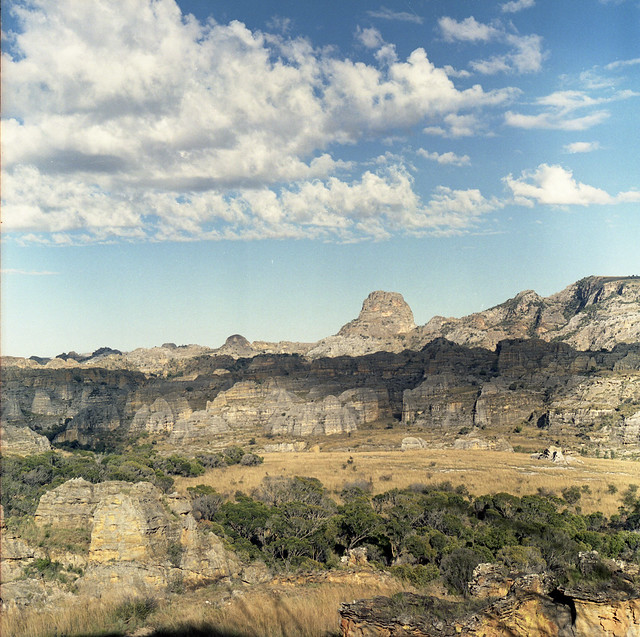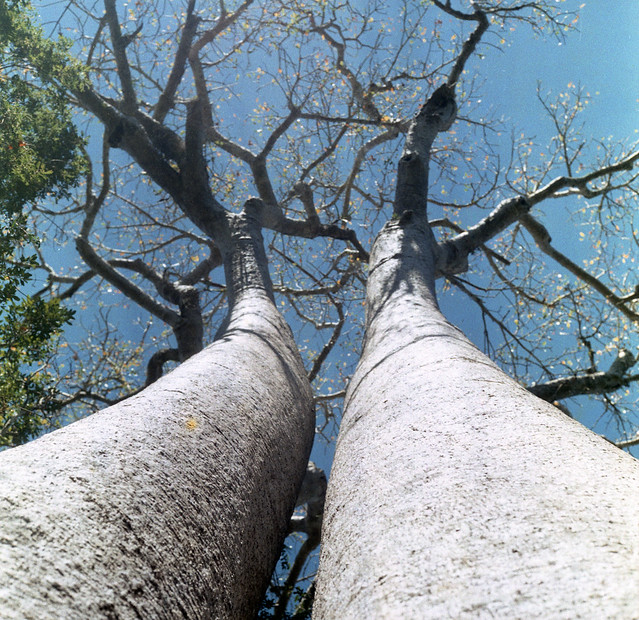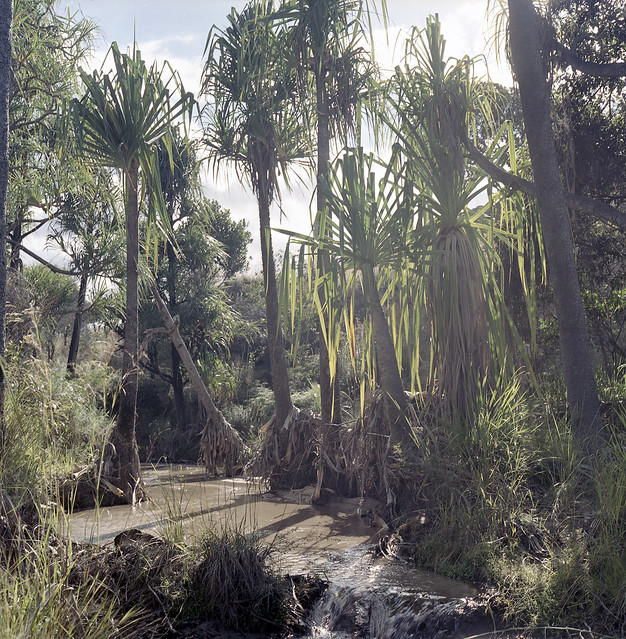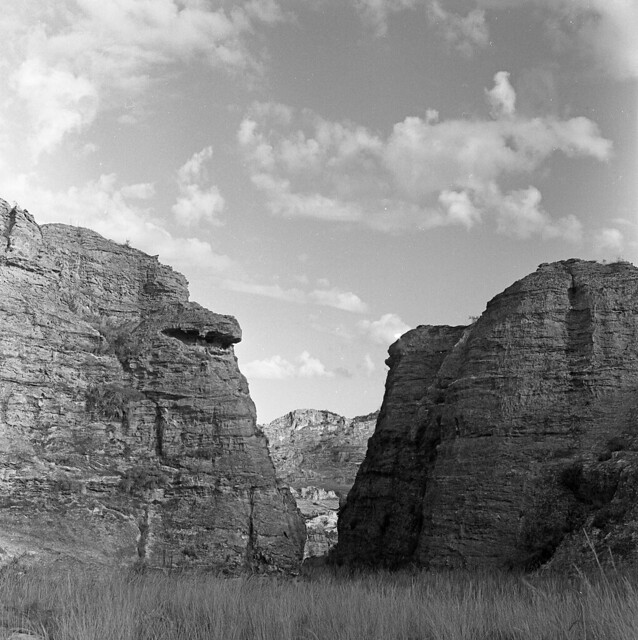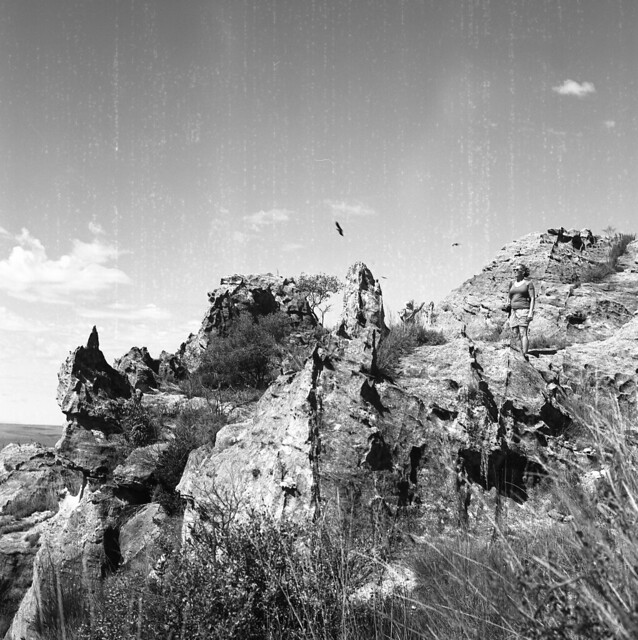Shortly before leaving Madagascar after having lived there for more than three years, I finally made it to Isalo National Park, which is one of the premier tourist destinations in country, and one I would have regretted missing out on.
My wife and daughter had visited this huge national park, established in 1962, which incorporates a huge (about 100 miles in perimeter) expanse of limestone that has been weathered and carved over millions of years into cliffs, gorges, odd pillars and towers, and valleys containing rich and often completely unique plant and animal life. It’s a beautiful park where you can hike for days and days, reminiscent of some of the national parks in the American West. But with baobabs.
We took a flight to Toliara, picked up a local driver, and stayed in one of the handful of excellent hotels in the local area – Isalo Rock Lodge. Another common way to experience the park is to spend a week or so driving the RN7 (national route 7) all the way from Antananarivo, stop at Ranomafana and the other parks along the way, and then fly back from Toliara (you’ll still need to work out something with a driver). It takes too much time to try and drive both ways from Antananarivo, and I wouldn’t recommend that option, especially if you plan on driving yourself. Guides are required in all national parks in Madagascar, and we tried to stop by the park entrance to arrange a guide for bright and early the next day, but were told this is not possible. But I do recommend you arrive no later than 0630 to pay your entry fee and hire a guide, so you can cover some distance while the weather is still cool.
I took along a Rolleiflex 2.8c, which allowed me to capture spectacular, square, square, medium format exposures of the varied landscapes and hidden gorges of the park. In addition to 120 format Fuji Pro 400H, I also took along some other film, including an expired (in 2005) roll of Agfa APX25 and a Kodak Tri-X 400. Oddly, the expired Agfa film turned out pretty nice – a bit of lightening along the edges – but the Tri-X ended up looking like expired, fogged film.
As much as I was tempted to snap photos of every single jaw-dropping vista we came across, I forced restraint because I realized that at a certain point, all of the rock formations and cliffs end up looking the same in the end. And it’s forbidden (probably justifiably so, given the nuisance value) to launch drones inside the park, but I did send my DJI Mavic up for a look along the park’s periphery (but technically outside, and also quite high) to get an impression. I launched from “la fenetre” (the window), a rock formation that is approached from the south edge of the park, and can be accessed without paying an entry fee. There are some spectacular photos of la fenetre out there, but on the evening that we were there, it was far too crowded to try and capture one of those iconic shots you can see elsewhere on the web.
So rather than sharing with you all of the various photos I took, I decided to splice the photos and the drone video together to produce the two-minute video below. Unfortunately the photos are square but the video aspect ratio is not, so the tops and bottoms of the stills are all cropped. But I think it still turns out ok.
If you do decide to visit Isalo, I encourage you to also check out the much smaller Zombitse-Vohibasia national park, just 50 miles to the west. This small, community-run park takes just a few hours to visit on your way and is home to eight species of lemurs and many other species of plants and animals.

